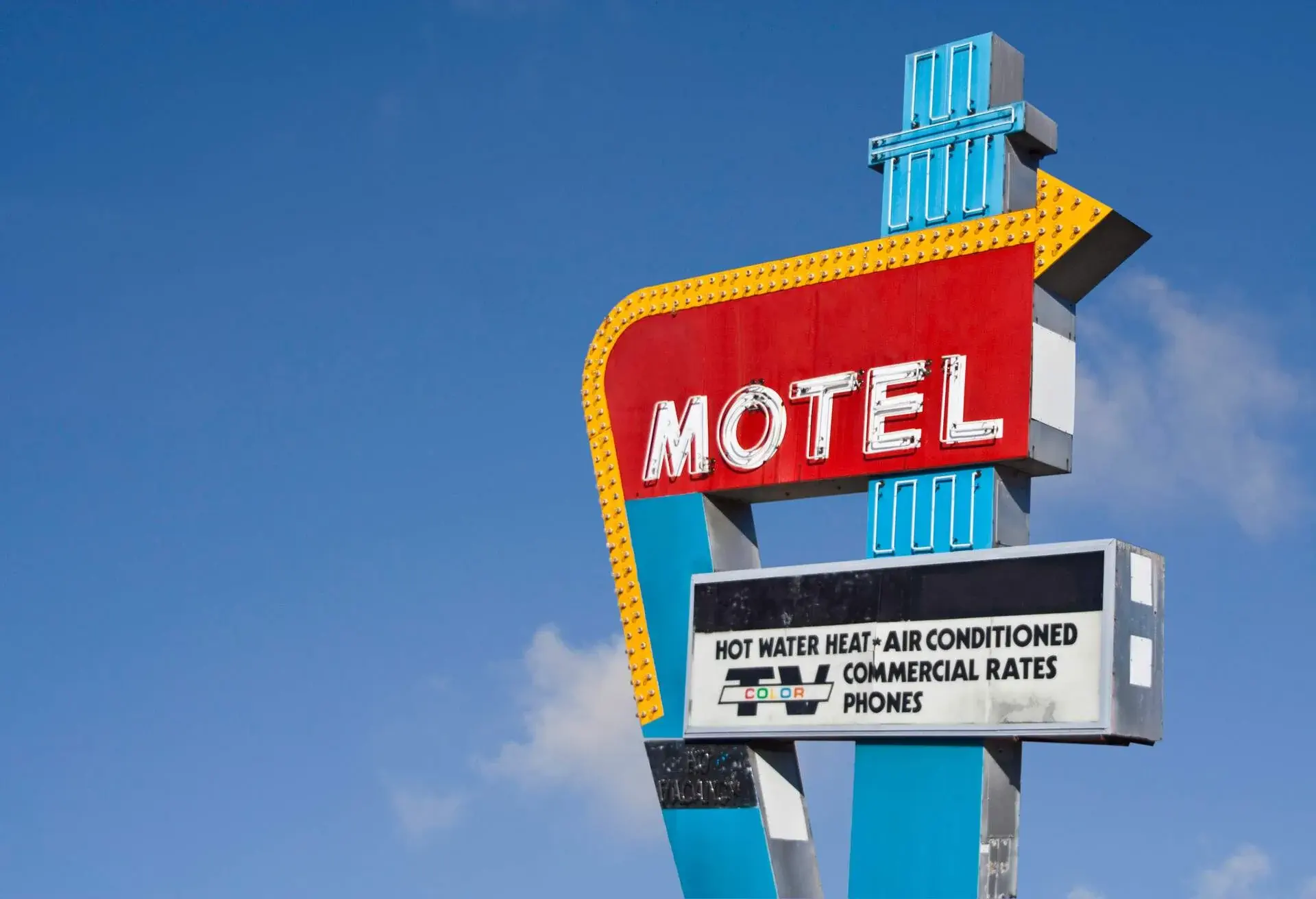The only thing sweeter than a great vacation: getting a great deal on your stay. Every savvy traveler has their favorite price-saving tips on the best time to book a hotel (mine include checking convention calendars in cities like Las Vegas and Orlando to avoid booking during a huge trade show and visiting after major tourist events, when demand drops).
As with other aspects of travel planning, there are definitely strategies to keep in mind around the best time to book. But data turns up some interesting discoveries. Most notably, that booking far in advance is often more expensive. Here’s what else to know about the best time to book a hotel room.
The power of data to help score good deals.
Using data can help you discover bargains you might have missed out on. KAYAK research suggests that the further in advance you book, the more expensive the hotel price. More hotels now manage their room revenue through dynamic pricing, adjusting rates continually based on supply and demand.
Hotel prices vary wildly based on seasonal demand, events, holidays, and other factors. Accordingly, the data in this article should serve as a general guideline and not a guarantee for the accuracy of future hotel prices.
When is the best time to book a hotel? Later than you may expect!

It’s important to note that the biggest factor in getting a good deal on a hotel room isn’t when you book – it’s when you stay. So be sure to keep that in mind while researching and keep an eye on the calendar when making your plans.
You may be familiar with airlines’ “21-day rule” for flight prices. (If not, here’s a quick rundown: Prices for airfare are generally cheapest between 331 days and 21 days before the flight. From that point, prices typically increase again at 14 days beforehand and then again a week out.)
Hotel pricing, however, has some different rules of thumb. One key factor is that many hotels have a 24- to 48-hour cancellation window, and when guests cancel close to their arrival, hotels often incentivize bookings with lower prices instead of leaving the room unoccupied. As a result, travelers can score some last-minute deals.
Of course, in some scenarios, booking early is helpful. If you have your eye on a certain hotel, or your dates coincide with a popular event and rooms are likely to sell out (like festivals, concerts, or sporting events, for example), booking early can ensure you have a room before demand and prices increase.
The best (and cheapest) days and months to stay at hotels.
Best day of the week to stay in a domestic hotel room is Sunday.
For many leisure destinations, it’s logical that it’s cheaper to check in on Sunday. After all, weekend vacationers are likely to have checked out ,and business travelers don’t travel as frequently on weekends.
KAYAK data shows that for domestic hotels, booking for a Sunday check-in can be up to 24% cheaper (an average rate of $166) than on Friday, which is, not surprisingly, the most expensive day for check-in (with a $205 average rate).
Best day of the week to stay in international hotels is Sunday.

For international hotels, the data shows similar trends. But instead of a Sunday arrival, booking for a Monday check-in will score you savings up to 10% (with an average room rate of $166) compared to the most expensive day for check-in. Perhaps not surprisingly, that would be Saturday, with an average rate of $183.
Best month to stay at domestic hotels is November.
Destinations in the US have different high seasons. Overall, summer prices tend to be higher, especially in coastal destinations, and while winter prices are generally lower (except in places popular for winter sports like skiing). Of course, holidays are exceptions.
In the US, hotel prices in November can be up to 20% cheaper ($167 for an average rate) than the most expensive month, which is June (with an average rate of $201). However, January comes in only slightly behind November with the least expensive rooms ($168 average price). So you may be able to save some cash if you travel in colder months outside the holidays.
Best month to stay in an international hotel is also, November.
If you wait until after the summer high season in European countries, for instance, you can snag some deals.
For international trips, the latest KAYAK data shows that November prices for hotels can be up to 31% cheaper than in June, which is the most expensive month for booking (with average prices at $208). Depending on the destination, November can be an ideal month to get away, as it precedes the busy winter holiday period in Europe.
That said, with rooms averaging $176 in December, a holiday vacation in Europe isn’t as expensive as a summer trip. So you’re craving the coziness of Christmas markets, don’t rule out an end-of-year trip.
Consider off-season vacations.
Deals in destinations during major events or those that are popular among holiday-goers are harder to come by, not surprisingly. Mardi Gras in New Orleans, summer in St. Tropez, New Year’s Eve in New York City: snagging a great hotel rate in these places, during these times, is the exception rather than the rule.
However, KAYAK data shows there are statistical sweet spots around the world between good weather and good savings:
- October and November, and March and April in Europe
- January to March, and September to November in Southern Africa
- January in the Caribbean
When you’re beginning to plan a hotel stay, KAYAK’s The In-between Seasons Guide is an excellent resource for inspiration.
Expert tips on the best time to book a hotel room.

Here, some of the tips I regularly use to score a good deal on a hotel room, whether I’m traveling internationally or within the US.
- Consider the local calendar. Local and national holidays vary by region and country. Be sure to check ahead of time to avoid booking during a holiday, when hotel prices might be much higher.
- Don’t forget about solo rooms. Some hotels, and especially those in Europe, may offer a discount for rooms with just one guest. So be sure to make sure the online booking settings are set to one traveler (many default to two).
- Be sure to understand the cancellation policy. Even if you master the best time to book a hotel room and grab a great rate, you may be on the hook for the full bill if you decide to cancel without having checked the cancellation policy firsthand. This is where KAYAK’s robust functionality can help again: Be sure to use the “free cancellation” filter when searching for your hotels.
- Don’t forget it’s when you stay that really counts. One of the biggest factors in getting a great hotel deal isn’t when you book – it’s when you stay. So keep a calendar handy and plan accordingly.
Let KAYAK do the hard work for you.
You can also let technology do the heavy analytical lifting for price comparisons for the best time to book a hotel for the lowest price. KAYAK’s Best Time to Travel tool factors in your origin, destination, and trip duration to help inform your decisions on when to book and when to travel for the best price. Insights are generated from internal historical search data.
For example, when I searched a four-day trip from San Diego to Chicago, the tool recommended traveling in October, when airfare is lower, the weather is generally still good, and crowds aren’t bad. And it recommended to steer clear of June and July based on high prices from last year. It also estimated weekday versus weekend average pricing, and recommended booking in August for an October trip to yield the lowest price I’ll find on a hotel room.
The takeaway on the best time to book a hotel room.
Of course, it’s important to remember that all travel rules have exceptions. However, travelers willing to do a little legwork – researching your destination, tracking prices, being flexible on dates, and taking advantage of tech tools that help identify the best time to book a hotel room, just to name a few — will likely be able to snag a better deal on their stay.
And take it from someone who’s been there: Knowing when is the best time to book a hotel to score a great deal is a skill that truly pays off. Happy hunting!






